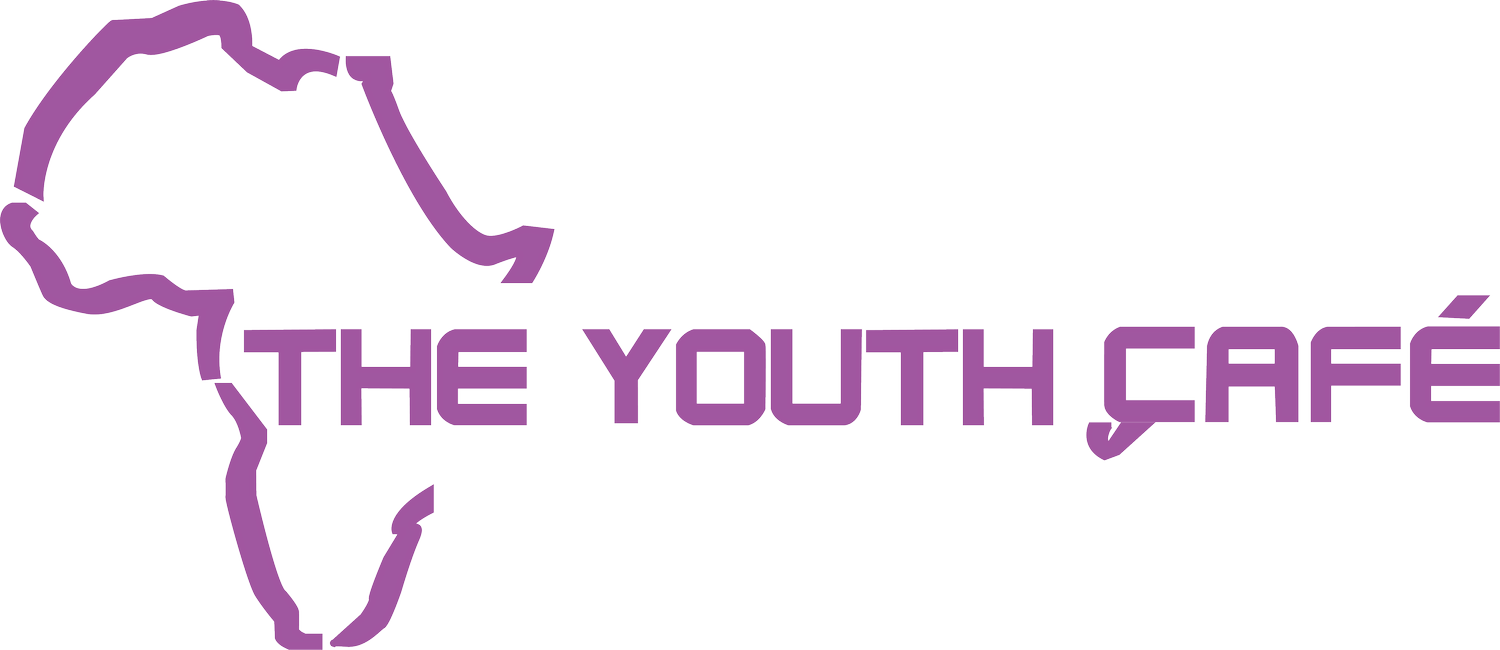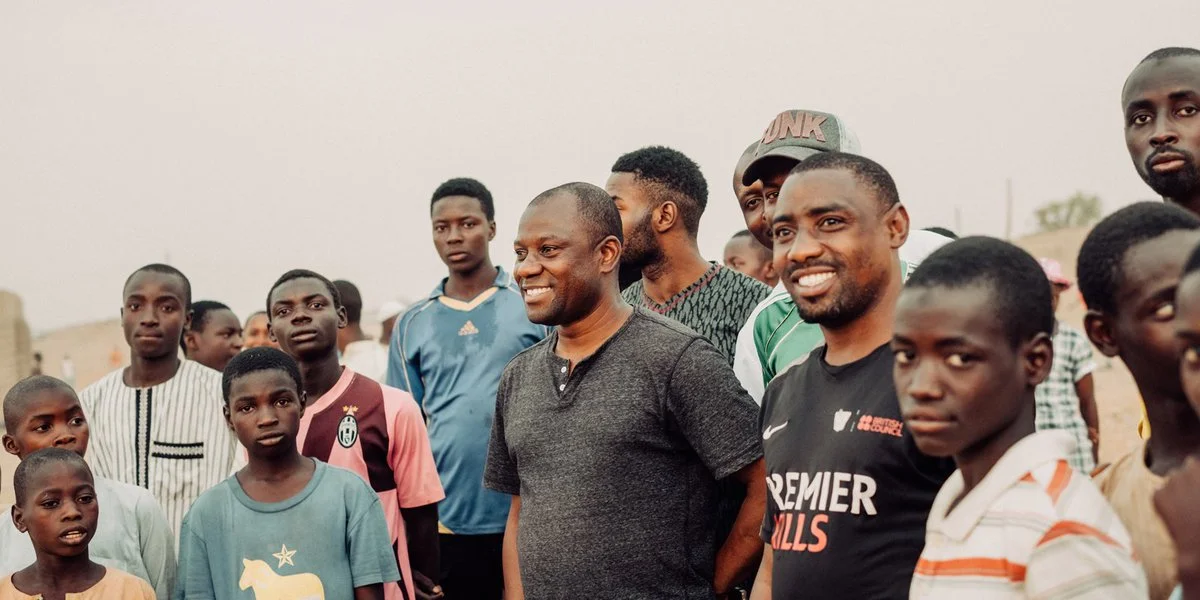The Youth Cafe is taking part in an online consultation on Youth and Peacebuilding at the invitation of Peace Direct and the United Network of Young (UNOY) Peacebuilders! The three days consultations are exploring what youth-led peacebuilding looks like in practice and understanding how to operationalise the principles behind the Youth, Peace and Security Agenda.
Diversity and gender among youth peacebuilders
Inclusive peace is the idea that all stakeholders in a society should have a role in defining and shaping peace, meaning that women, young people, minority and marginalised communities are included in peace processes. Still, it is not enough to just have a seat at the table. Inclusion must be meaningful and must ensure that multiple youth identities are recognised and acknowledged, and that youth groups themselves have the strategies and practices to encourage meaningful inclusion.
Nevertheless, too often “youth” is overly simplified to a homogeneous category, one that suppresses or ignores the highly diverse needs, backgrounds and identities of certain groups of young people. Instead, a number of youth constituencies exist, and they represent the value of young people’s diversity, in terms of gender, religion, caste, education, class, locality, ethnicity, etc. Failing to consider young people in their diversity also fails to take into account their diverse experiences of conflict differ and varying motivations and capacities to work for peace.
To understand the topic of diversity and gender among youth peacebuilders, it’s important to examine a number of factors. We have identified three key aspects to consider:
Understanding the local context: Beyond the diverse youth constituencies, the community in which young peacebuilders are operating influence their experience of conflict. Understanding how the local environment, customs and traditions have further implications on youth’s experiences of conflict will be key to understanding the opportunities for peace already available for young men and women.
Barriers to recognition: Young people often face barriers to their participation in peacebuilding, from gender and social norms to formal and legal impediments. However not every youth is impacted the same way by those; girls and young women, disabled youth, sexual, ethnic and religious minorities deal with extra layers of exclusion, disempowerment and oppression, which hamper their capacities to contribute to building peace.
Challenge gender stereotypes: Too often in discussions around gender and conflict, simplistic and reductive representations are put forward, in which masculinity = violence and femininity = peace(Cohn, 1993). Such a view means that girls and women are often depicted as passive victims of war and men, as perpetrators. In reality, women can be active participants in violence, both willingly or not, and young men can choose to be peacemakers in conflict settings. A discussion of gender and peacebuilding means discussing the multiple roles that young men and young women can play in sustaining, perpetuating, and most importantly in solving conflict, in order to shed negative stereotypes.
We would appreciate hearing from the perspectives of others from around the world to the below questions.
Questions
How can we create more diverse, inclusive and nuanced definitions of peace and violence beyond the gendered binary explained above?
How do you challenge existing gender norms through your peacebuilding activities?
How do you reach beyond your constituency in your work in order to reach marginalised youth?
As a marginalised youth, how do you wish stakeholders would include you and promote your participation?
Session summary
Today’s discussion focused on deconstructing the role of youth in peacebuilding, seeking to map out what youth-led peacebuilding looks like in practice and move away from simplified narratives around youth by highlighting their diversity and the gender dynamics that underpin youth peacebuilding.
We had excellent participation on our first day, with over 132 participants joining in from across the globe! Participants have added some 176 comments so far (and counting).
All participants have raised very important issues, and in an effort to summarise today’s discussion we have pulled together some of the key points raised to give you an idea of the conversations that are currently taking place. We apologise in advance if we could not incorporate everyone’s insights. You can still continue to review and add comments to each of these threads throughout the week. Many thanks to our moderators for their active role in facilitating the discussions.
Diversity and gender among youth peacebuilders
The third session has shed light on the lack of knowledge and information available regarding the notions of diversity and gender. For example, it seems that a lot of confusion remains between concepts of gender identity and sexual orientation. In addition, different countries or regions will have highly varied notions of gender, diversity, sexual orientation and where these topics fit in society. Our participants seem to agree on the idea that this question needs to be tackled from different angles depending on where it is being addressed and have provided concrete examples of how to remedy to this global lack of awareness. A shared notion that appears in most posts is the importance and strength of inclusivity in the context of peacebuilding.
Key points:
“Incorporating all people / a diverse group into peace building mechanisms because as we have seen a number of militia...women and young people have been active participants in propagation of violence and has been evident in recent times. A lot of women have been recruited in terrorists groups as young people who have been lured by financial incentives and thus when addressing such issues the role of women in violence/terrorism should be addressed.” Pascalia Nyamita
"Most importantly, gender equality is not a "women's issue". It is about inclusive representation. Conveying this message to all stakeholders is central to achieve diverse participation. Promoting gender equality has nothing to do with one's sexual orientation." Dishani Senaratne
“Language and perception matter, in many countries, the term 'gender equality' has been abused and misrepresented to mean something negative coming from the west, so we have to think about language as well. How do we frame the approach so that it is inclusive? If our language is exclusive at the start then we have an issue” Amjad Saleem
“Governments and actors involved in policy making should include relevant stakeholders; including young peacebuilders in formulating, improving, and evaluating new and existing policies, in order for gender equality perspective to be incorporated into all policies at all levels and stage” Musa Carew
“I have trained young boys and girls to be ambassadors of each other, to work together and build a strong valuable Society where both of them can grow together, learn from each other, solve problems together and respect one another.” Zaharah Namanda

